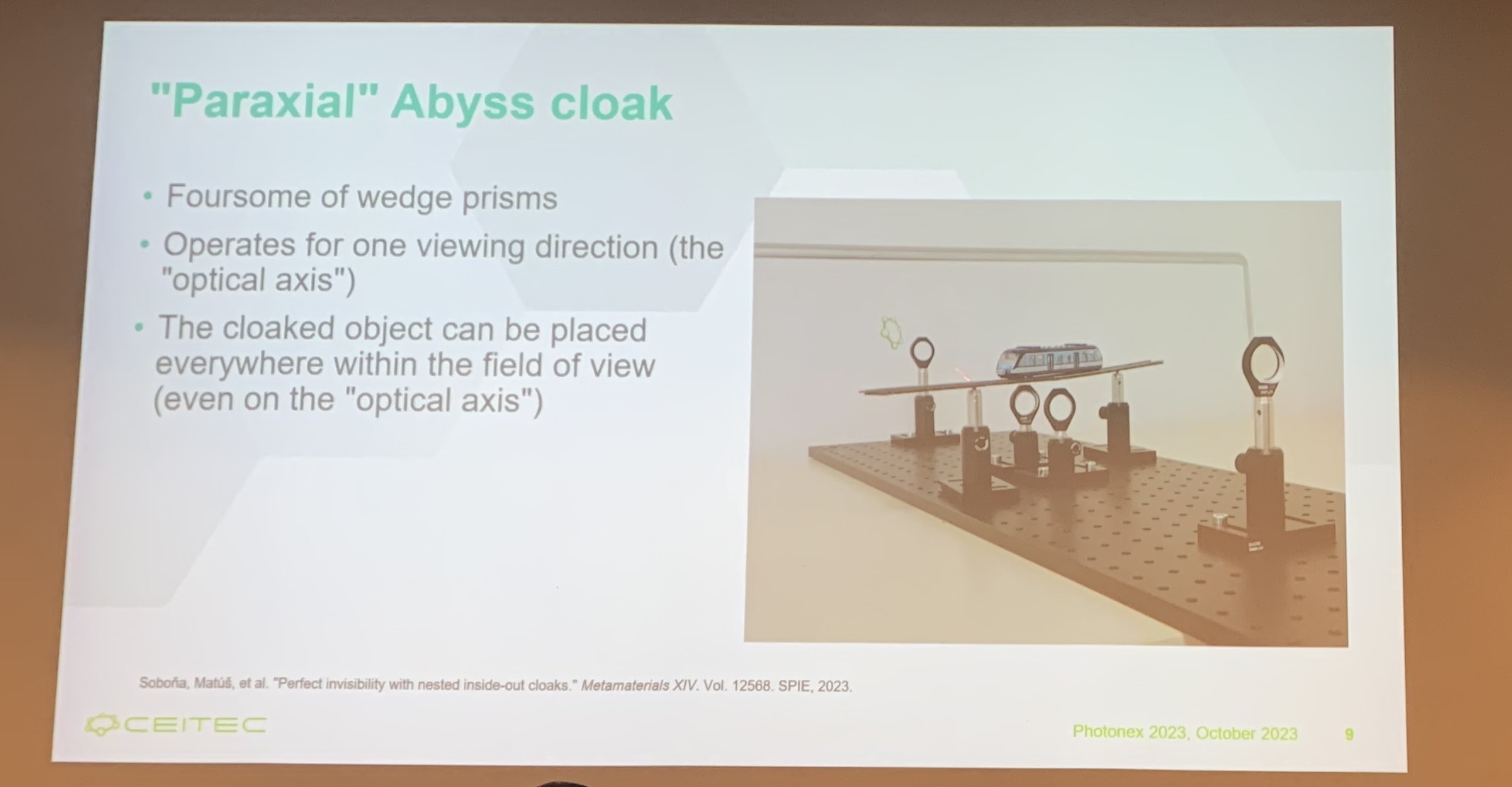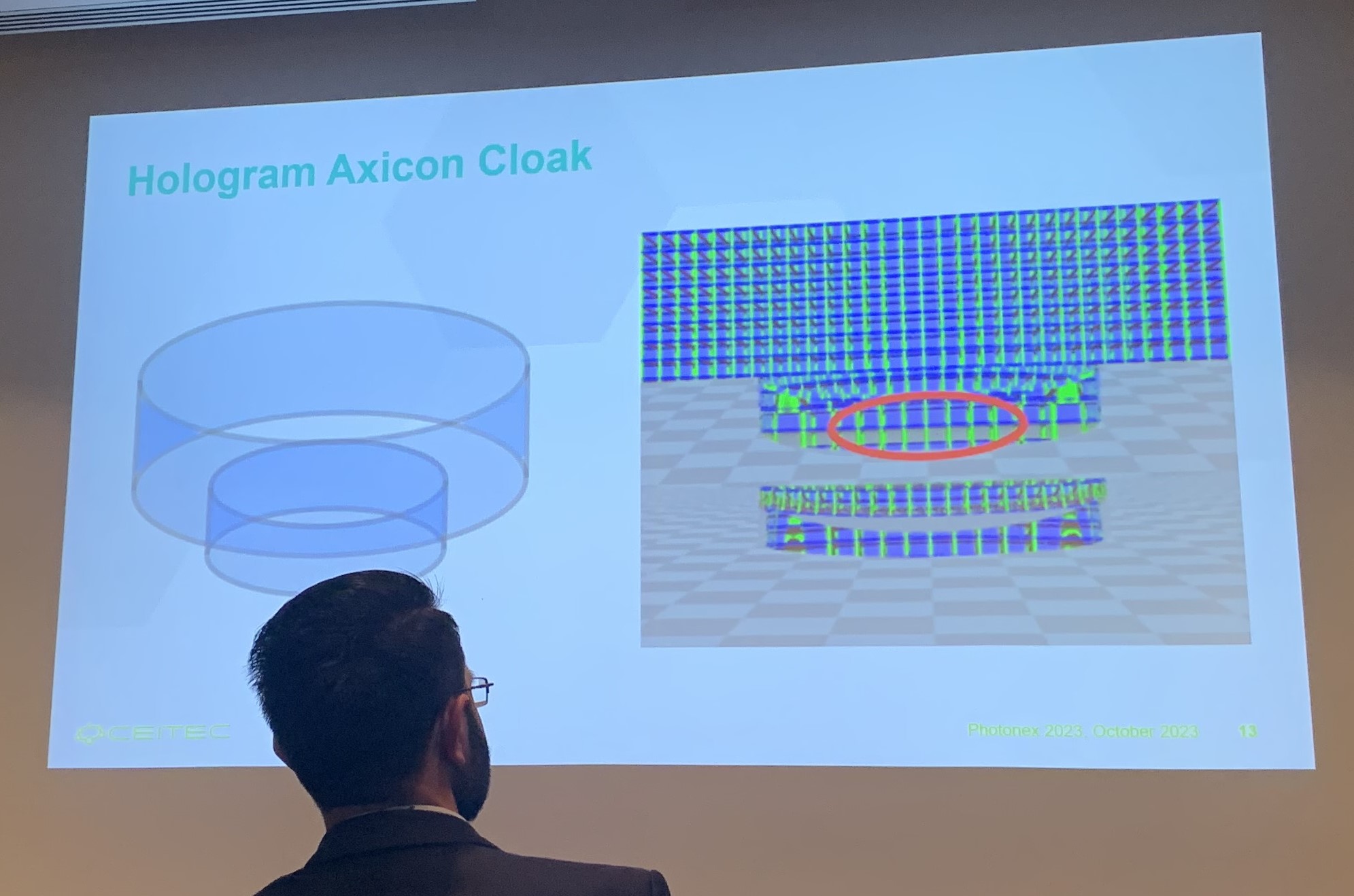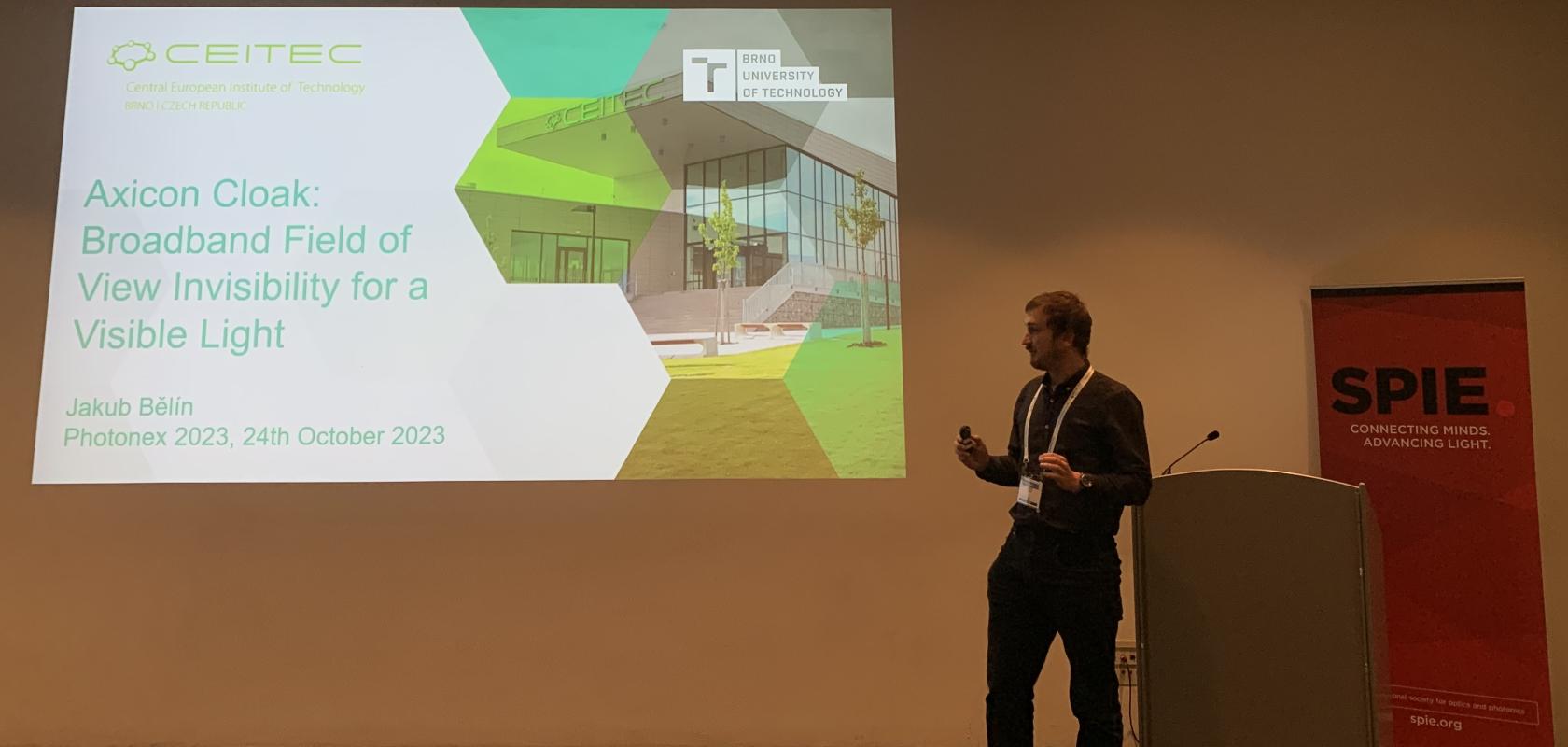Scientists have made progress towards developing an effective ‘invisibility cloak’, SPIE Photonex attendees discovered in Glasgow, Scotland this week.
The researchers say their design works in the visible wavelengths from a wide range of viewing directions, and can be realised using very basic materials.
As seen in abundance throughout science and fantasy fiction, ‘cloaking devices’ or ‘invisibility cloaks’ shield an object from the view of an outside observer.
Despite continuous efforts however, scientists have yet failed to make such a device with the same wondrous capabilities as depicted on the big screen.
However, as was shared at the SPIE Photonex conference this week, a group of researchers at the Brno University of Technology, Czech Republic, have taken what they believe is a significant step further towards realising such a dream device.
Overcoming compromise
Jakub Bělín explained to attendees that building a “proper” or “true” invisibility cloak would require very extreme material properties that simply cannot be realised, such as negative refraction. Scientists have therefore had to resort to a range of what Bělín calls “compromised transformation optics devices”.
Such devices include the famous ‘Rochester Cloak’, comprising four coaxial lenses. The compromise here is that the device only works for just one viewing angle, and that the ‘cloaked’ object cannot lie along the optical axis.
Bělín and his colleagues have therefore gone through several design iterations in attempts to avoid such compromises.
One design was the “paraxial Abyss cloak”, which successfully utilised four wedge prisms (below) to remove one of the Rochester cloak limitations – the cloaked object could now be positioned anywhere in the field of view, including along the optical axis. However, the device would still only work from one viewing direction (the optical axis).

After further iterations, one of which involved arranging multiple paraxial Abyss cloaks around a common axis of symmetry, Bělín and his colleagues landed on a new, generalised design, consisting of two rings of transparent holograms (below).

“The proposed device is based on the principle of an Abyss Cloak, which shifts the image of the cloaked object to the exterior position,” Bělín explained. “Our device operates for visible light and for all azimuthal positions around the device. What’s more, preliminary numerical simulations suggest extremely simple material properties for the included holograms, which makes our device very likely to be realised experimentally, which we plan to do soon.
To the best of their knowledge, the researchers see their work as the “first invisibility cloak operating in a visible range of light and for a wide range of viewing directions”. Their design has thus made a significant contribution to the photonics industry’s continually growing arsenal of transformation optics devices.


